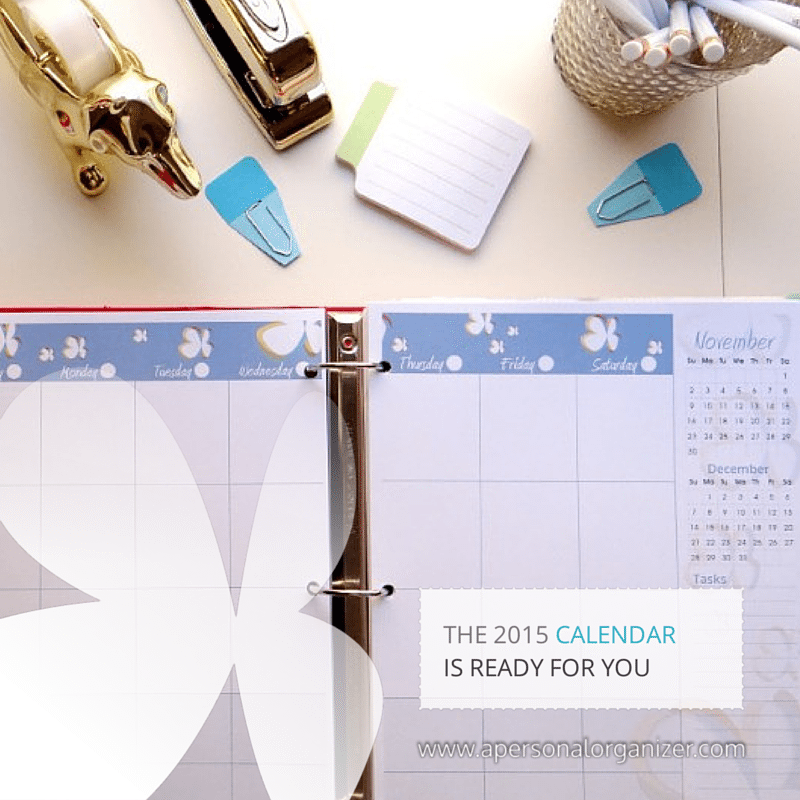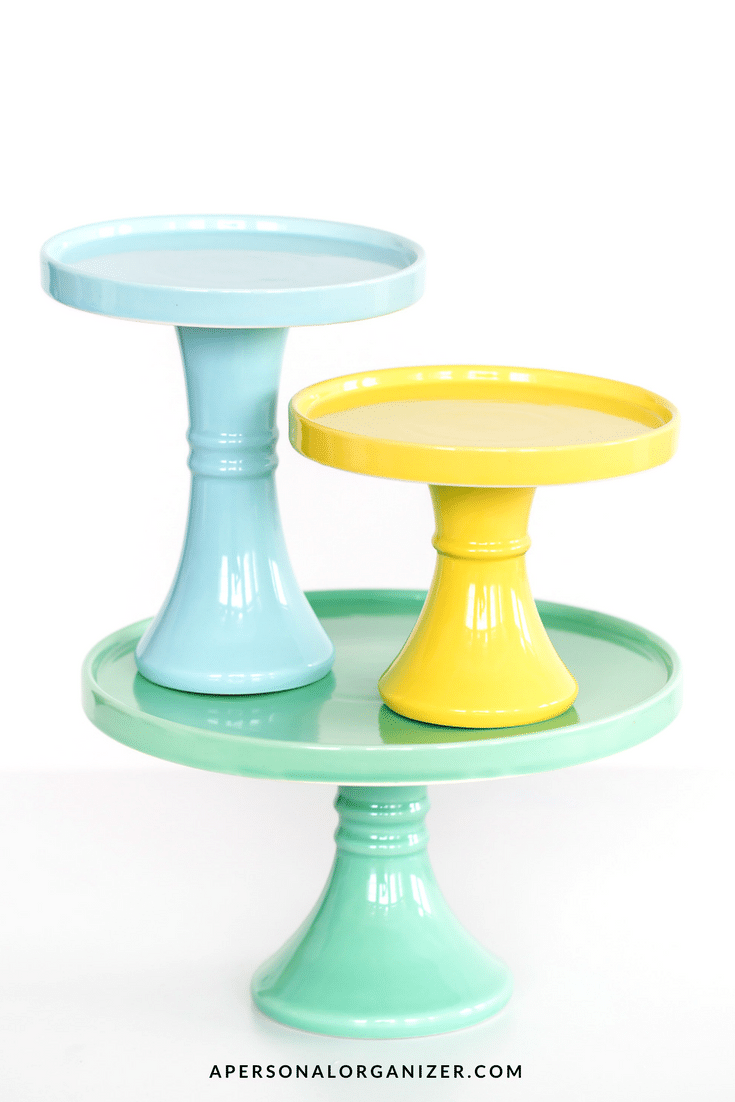This post may contain affiliate links for your convenience. If you click on the link and purchase the item, A Personal Organizer, LLC. may receive a small commission at no extra cost to you.
Meal Planning: Let’s Make Life Simpler
Do you ever feel overwhelmed with meal planning, grocery shopping, and cooking every week? One thing I see a lot is that clients feel like they live at the grocery store because they’re always running in to grab something they forgot earlier. Trust me; you’re not alone–many of us feel overwhelmed by everything that goes into preparing for meals.
To give you a little boost with this task (because, hey, it’s not going anywhere), I’ve compiled my top tips on menus and meal planning, so you can organize your family meals so everyone eats healthy and you’re not constantly exhausted. Win/win!
Meal prepping is a small way to free up time in your schedule to make room for other family activities and things you love to do throughout the week. But, to meal prep effectively, you need to establish a system and stay organized so you can prep smoothly and quickly, week after week.
Whether you’re sticking to a budget, working with time constraints, trying to eat healthily or simply trying to alleviate stress in your life, meal prepping can be a lifesaver. By thinking ahead, preparing for a bunch of recipes, and keeping resources on hand, you can stay organized and enjoy the time you set aside for meal prepping.

This post contains affiliate links, and I’ll receive a commission at no cost to you if you decide to use them.
Strategic Storage Containers
Before you begin, make sure you have the necessary tools to prep and store the meals on your list. With all of the work and pre-planning that you put into those nutritious and easy meals, you’ll want to make sure you store them in containers that are easy to organize and secure for on-the-go dining.
Nothing is as frustrating as discovering your well-planned and executed lunch is leaking from a supposed airtight container and into your bag or refrigerator. Snap-on lids can be your best friend or worst enemy in a situation such as this.
Choose ultra-sturdy plastic such as those made by Rubbermaid for the best in leak-proof lids and less tendency to crack if dropped or heated at high levels. If you’re worried about the chemical BPA (added to such plastic as water and baby bottles), you may want to opt for glass containers.
To save money in the long run, select meal prep storage containers that will last. Look for FDA labels that say it’s safe to use in the microwave and that freezing temperatures won’t cause cracks. The FDA regulates plastic containers and requires specific tests to be passed by the plastic manufacturers before they allow them to be used for food containers.
Freezing your food is also an option for meal-preppers. Many avoid this type of storage because your food becomes subject to absorbing smells and flavors of other foods and can destroy the quality or visual appeal of the food.
You can protect the quality of the food you prepare by choosing quality freezer containers such as plastic which seal tightly, glass containers such as Mason jars, and zip lock bags.
Make sure that you rotate the freezer meals promptly so they don’t spend too much time in the freezer. Both the flavor and texture of some foods deteriorate rapidly after being exposed to freezing temperatures.
As far as prepping is concerned, slow cookers, blenders, mixers, and whisks are also valuable tools to help the meal prep process go faster. Snack bags will help you break down snacks you purchase in bulk and dry erase markers for containers and sharpies for plastic bags help you identify what you’ve prepared.
My Favorite Meal Prep Time-Saving Hacks
- Meal prep calendars and grocery lists are valuable assets for planning. They take the hassle out of meal preparation because you’ll be able to glance at each day on the calendar and know exactly what you’re serving your family. Printable grocery lists are also available online and can be organized by aisle or sections of the store.
- One of my favorite time-saving hacks cuts out the grocery shopping completely! Instead of bringing a grocery list with me to the store, I simply order everything I need through Instacart, Thrive Market, or Prime Now, and it’s delivered to my home! Avoiding the rush and stress of a shopping trip is well worth a few extra dollars to have the groceries delivered, plus I avoid the temptation of buying anything that’s not on my list.
- Use Ebates on your online shopping and receive cash back on selected retailers. It’s a win-win!
- If you live in a larger city, check the deals on Amazon Fresh and Prime Pantry, too! You can get most deliveries brought to your home that same day, so say goodbye to those last-minute “we’re out of bread!” trips.
- When you return home from the store with your items (or when they’re delivered), sort them on the countertop into what you plan to prepare now – and which you’ll save for later.
- By washing and preparing your fruits and veggies ahead of time, you can be intentional about using up your produce in healthy, ahead-of-schedule meals. It’s also a great way to stay organized and aware of what you have in your fridge! You can store the prepared items in Ziploc bags or containers in the refrigerator or freezer for instant use later on. I bought two sets of these glass containers and love them.
- Bake chicken or brown your meat and store in the refrigerator to use for meal prep during the week. Keep in mind that cooked meat will stay fresh in the fridge for about 3 or 4 days. Cooked rice and pasta can also be cooked and stored for instant use.
- Label everything, so you don’t have to open containers to see what you’ve prepped. A bit of planning and organizing before meal prepping keeps you on track and cuts down on everyday stress.
That’s all I’ve got for today! I can’t wait to see how much simpler your life becomes when you implement these quick tips.





